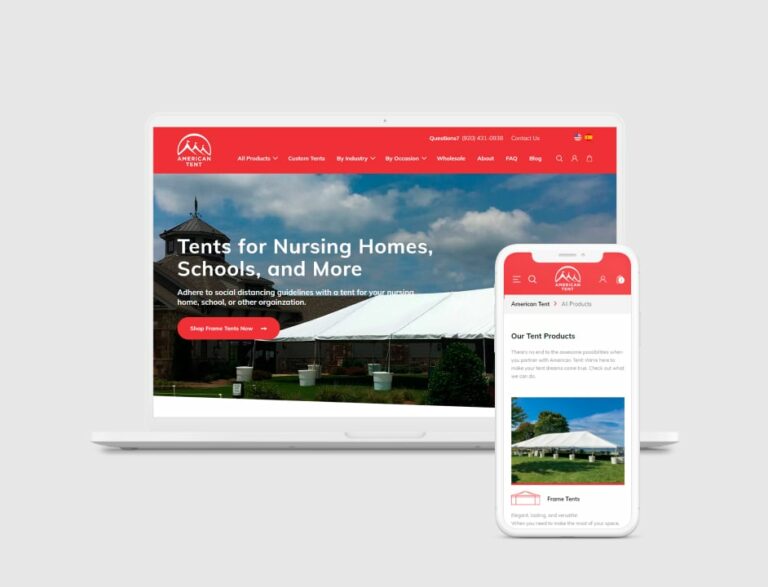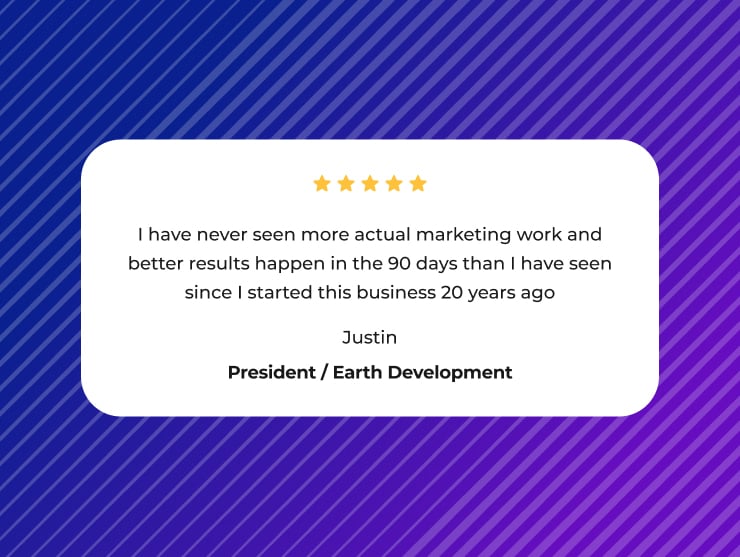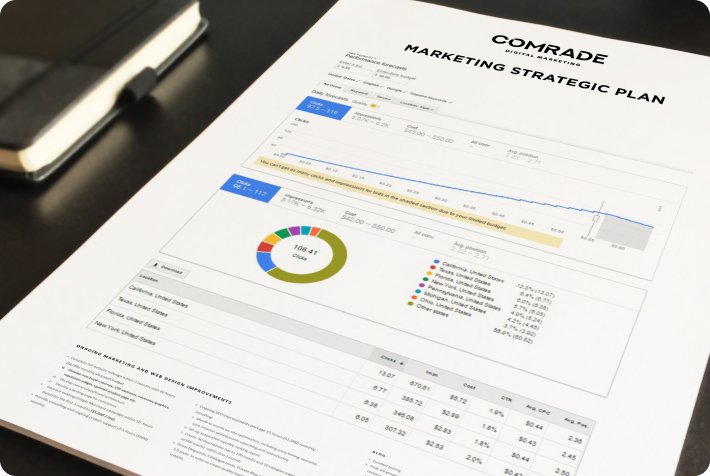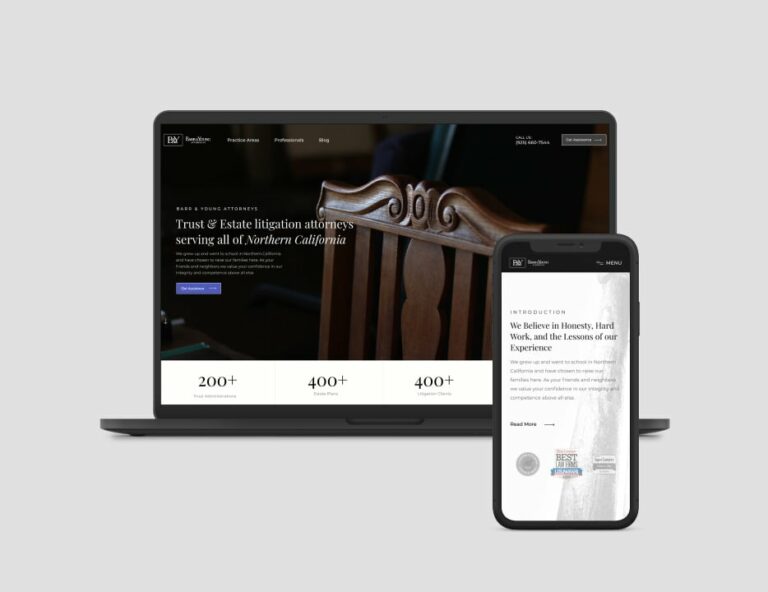
Quality lead generation is a constant challenge for all businesses but attracting clients can be even more difficult when you’re the small fish in a big pond. Across industries and sectors our digital marketing agency witnessed that this pandemic has exposed weaknesses of old sales models as well as gaps relating to digital readiness.
For a company looking to grow its customer base and increase revenue, finding the right customers is crucial. It’s not enough just having good products or services – you need people willing to use them! This means paying attention not only to what kind of sentiment they express through social media posts but also considering how much information about your company can be harvested from these sources before making any assumptions on future behavior based upon past trends. Effective lead nurturing for small businesses requires strategic planning and execution.
Lead generation is a crucial part of any business’s marketing plan. Whether you’re looking for more customers or just need a few leads to assess the viability of your product, a strong digital presence will get the results you want, and it’s worth considering how to track lead generation for optimal results.
Healthy consumer relationships fuel growth for all companies. You can start building those customer bases today with the help of a demand generation marketing agency in Chicago; and in this article, we will teach you how, including essential lead generation tips for small businesses and the significance of lead nurturing for small businesses.
Know Your Customer
Every customer has a so-called buyer’s journey. It looks like this:
Awareness → consideration → intent → purchase → loyalty and advocacy
Once a customer becomes aware of your product or service, they have to be strategically nurtured toward making their purchase. Lead generation tips for small businesses are invaluable in this process. At Comrade, we’ve experienced how the pandemic environment has elongated sales cycles and increased scrutiny when it comes to buying something online because there are so many new touchpoints along this journey now.
70% of B2B decision-makers now say they are open to making self-service or remote purchases exceeding $50,000 since the pandemic. Contrary to popular belief, eCommerce is not just for small-ticket items; it’s a serious business working with a lot of established enterprises and big companies. This trend underscores the significance of partnering with lead generation companies for small businesses for effective outreach. Moreover, according to recent research by McKinsey, there’s been a twofold increase in customers returning to businesses that provide outstanding digital experiences.
The entire journey should be designed to feel intuitive, responsive, and improve customer satisfaction. To achieve this online, you need to create content that’s suitable for each stage of the buyer’s experience – from awareness all the way through a purchase! To enhance the customer journey, consider collaborating with a local consumer digital lead generation marketing agency.
Delivering Business Results: Our Digital Marketing Case Studies
Marketing Funnel
While each company will design its own buyer’s journey, there are 3 categories, present in each marketing funnel: top, middle, and bottom.
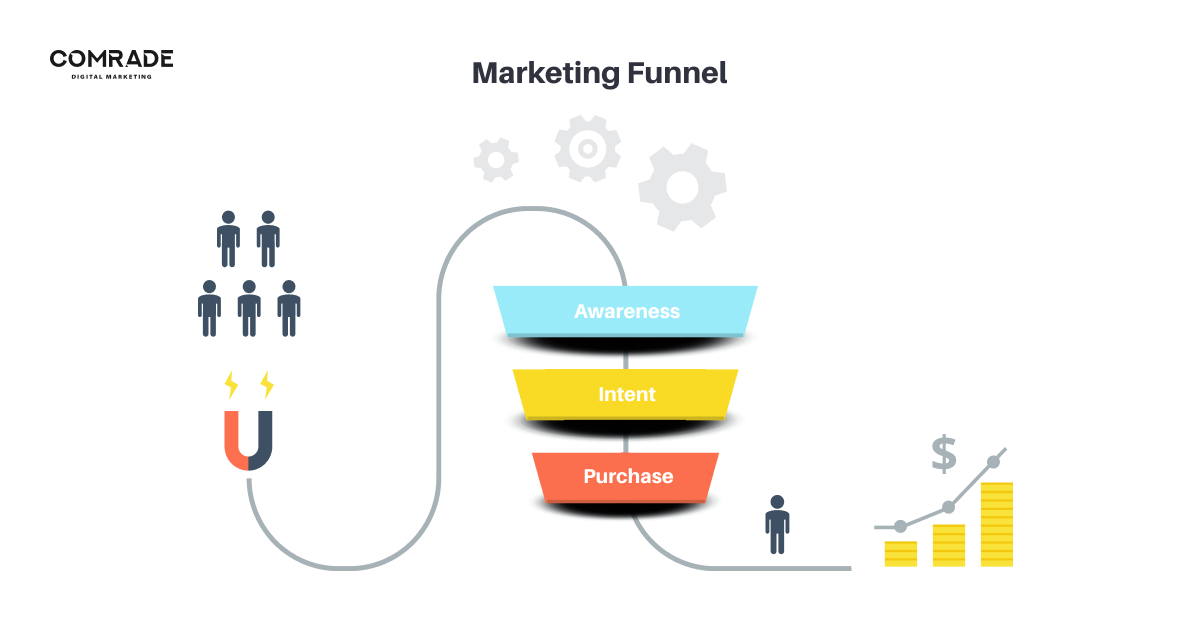
Top of the Funnel
At this stage, prospects become aware that they have an issue – but still aren’t sure if they need to purchase a product or a service. For small businesses, effective lead nurturing for small business is crucial. At this point, your content and marketing efforts should reflect their pain points, and educate them on the various options available for solving these problems: articles or blogs written by professionals in their field, guides, or how-to videos that provide actionable and easy-to-understand steps.
Middle of the Funnel
At this stage, the prospect is eager to find solutions to their problems. This gives businesses a unique opportunity to provide content that will further convince them of your solution (whether it’s through testimonials or demos). They’re looking at what you offer from an evaluation standpoint so take advantage by giving them something they might find useful!
Bottom of the Funnel
At this point in the buyer’s journey, a business’s content is supposed to position its product or service as superior to its competitors and help them make a buy decision. A promotion or direct sale may have the ability to convert a sales lead into a customer if they exhibit behavioral cues that indicate they’re ready to purchase. Lead generation techniques and strategies play a vital role in nurturing potential leads through the lead generation process.
Analytics and behavioral economics go hand in hand with successful lead generation. Companies that understand the lead generation process make the right content marketing material available at the right time to potential customers on various social media channels and through email marketing. Effective lead generation helps in identifying and engaging with potential leads who are actively seeking solutions to their problems.
You’re likely to fail to get leads if you’re pushing a hard sell at the top of the funnel because your leads aren’t aware of their problems and don’t yet trust your service or product. The marketing strategy of many small businesses is simply not aligned with the buyer journey of their target audience, which results in a low number of leads. To overcome this challenge, it’s crucial to employ lead generation techniques that focus on educating and building trust with potential leads at each stage of their journey, ultimately guiding them to become a sales-qualified lead and, eventually, a valued customer.
Companies that know the buyer’s journey make the right content marketing material available at the right time to potential customers.
What Is a Lead Capture Strategy?
First-time small business owners publish content on social media and engage online communities but are baffled as to why their interactions with customers don’t go beyond “likes.” Online presence is important, but in order to send new leads to your business, you need to follow this specific methodology for a successful lead-generation strategy:
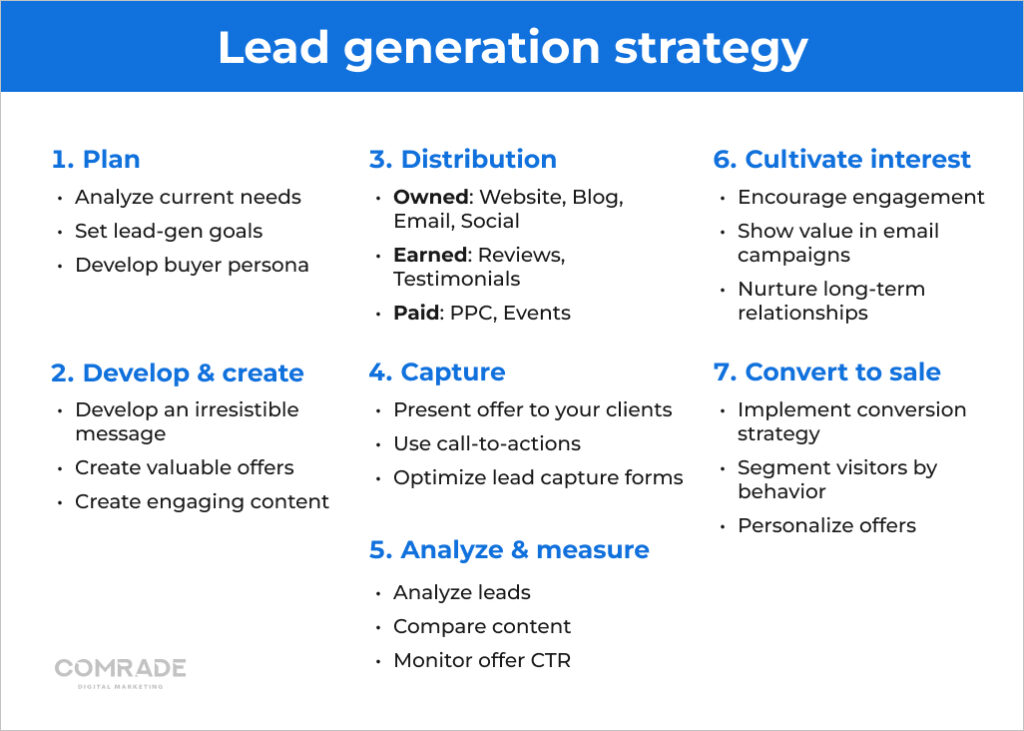
- Your business is discovered online by a potential customer, either organically or through paid advertising.
- The potential customer clicks on the CTA button. This is often a link, an image, or text that encourages them to act, either by downloading information or subscribing to a newsletter.
- Through this CTA, they’ll go to a web page (called a landing page) where they can sign up for a valuable offer, like an eBook or discount. It is becoming increasingly common to replace lead capture forms with chatbot conversations, but more on that later.
- Your potential clients will be able to fill out the relevant information or a chatbot will take their information.
For prospective leads to move down the marketing funnel, businesses need to provide relevant calls to action for generating leads. A blog is great, but it will not yield results unless it prompts leads to learn more about your products or services, sign up for a newsletter, or make a purchase.
What Are Lead Magnets?
It’s a term for a free item or service that’s given away to capture the information of prospective leads in marketing and drive traffic. You can offer a free consultation, trial subscription, or discount as a lead magnet to draw potential customers.
To entice website visitors to fill out an online form and become product-qualified leads, the lead magnets on the landing pages need to be attractive and valuable, ensuring the capture of quality leads. There could be different marketing channels and incentives for different segments of a business’s customer base, including existing customers who can be nurtured into becoming repeat customers. Knowing and understanding your market is essential for effective inbound lead generation.
An effective lead magnet is simple, concise, targeted, and emphasizes the strengths of the company in the lead generation campaign. Here are some steps to help you create a lead magnet that captures the details of prospective leads and entices them to become customers:
- Pick a buyer persona: Businesses may create several lead magnets because they have more than one buyer persona.
- Provide a solution to the pain point of your buyer persona. A compelling email subject line or landing page can increase conversions.
- What lead magnet will you use? Are you going to offer a discount, an eBook, a free consultation, or something else?
- Lead magnet creation: There are several automation tools, such as Unbounce and Mailchimp, to assist in the process.
- Results must be measured: To quote the management guru Peter Drucker, “you can’t manage what you can’t measure.”
- Note about A/B testing: Landing page lead generation strategies, including product-qualified lead strategies, are typically split tested. A test involves creating several versions of the same landing page, homepage, or email, say, to see which version has the greatest impact on your ideal customers.
Small businesses can utilize A/B testing to improve their search engine optimization (SEO), pay-per-click (PPC) and make data-driven decisions with search engine optimization. Users’ behavior, engagement rate, pain points, and satisfaction with the website are analyzed based on the collected data. As a result, businesses can create ads and landing pages that are pitch-perfect.
Be Fast and Responsive
Despite being overshadowed by click-through rates and search engine optimization, lead response time is an important metric that should not be ignored. With automation and bots, businesses without dedicated sales teams can still respond to customers quickly through automated chats, emails, and SMS messages.
The traditional way businesses gather information from potential customers was via lead generation forms, but data suggests that sales teams spend an average of more than 40 hours getting back to a warm lead, only to see that 38% of them ghost them. Our culture of instant gratification means that by the time a sales team follows up, the lead has moved to another company.
Conversational marketing is the answer. Approximately 70% of white-collar workers will use live chat software daily, according to Gartner, a research and consulting firm. Visitors can have real-time conversations with businesses instead of filling out a form and waiting. The sales pipeline can be filled at any time because qualification and conversion processes can be accelerated.
How to Track Lead Generation
![]()
We have learned from clickbait journalism that quantity does not equal quality, and Vanity metrics do not equal profit. It’s crucial to measure the metrics that matter, even if you don’t have a sales team, to see what’s working and what isn’t.
Click-Through Rates (CTR)
Lead generation campaigns can be measured by their CTR to understand how relevant they are to a particular audience. Low rates indicate the content marketed doesn’t resonate with an audience. High CTR on the other hand, indicates a positive response.
Conversion Rates
Your campaign’s conversion rate is the measure of how many page views and clicks are converted to leads. Thus, if you have a high click-through rate, but low conversion rate, it might mean your call-to-action is unclear.
Time to Customer Conversion
As marketers, we strive to reduce the gap between conversion and sale. But converting a lead into a paying customer takes effort and time. The speed of a market segment’s descent down the marketing funnel can be monitored with this metric.
Cost Per Customer
It is necessary to have a financial plan for lead generation. Customers spend an average of $50. If you spend $100 on a lead, you can’t make a profit. The purpose of lead generation is to generate paying customers at a cost that still yields good revenue.
Save Time and Achieve Success: At Comrade, we’ll handle your lead conversion so you can focus on growing your business. Schedule a free consultation.
Automate the Process
There is a wide range of small businesses, from a sole proprietor to a team of 15 people, that may lack the workforce or resources needed to deal with marketing complexities. By automating parts of their sales and marketing processes, businesses can keep their pipelines full and avoid repetitive tasks. Such automation is particularly useful when running lead generation campaigns.
- Automatically share content on Facebook, Twitter, Instagram, and LinkedIn, for instance, to ensure it’s shared on time.
- Streamlining lead qualification and segmenting target audiences using a CRM platform
- Monitor your progress via Google analytics and other similar platforms.
- Automatically send out personalized emails.
- Identify empty shopping carts and retarget warm prospects by using artificial intelligence.
- Introduce chatbots to improve customer service.
Using automation software, 4 out of 5 users increased leads, and 77% increased conversions, according to a study by Invespro.
Create New Incentives
Although communication methods have changed, the principles of word-of-mouth remain the same. WhatsApp and social networks make it super easy for people or influencers to share recommendations, but businesses are creating referral programs instead of waiting for that to happen. For online marketing, you can create customized referral codes that offer discounts for new and loyal customers. (Social media platforms are popular for referral marketing.)
In the insurance industry, an insurance company could offer a discount on the next payment of a client who completes a lead capture form. Referrals work because consumers trust their peers’ opinions, and qualified leads can be captured through referrals. Your customers will likely refer you to a prospective client only if your products or services can meet their needs.
Customers can become brand advocates through referral programs, improving engagement online, and customer acquisition. Businesses should consider leveraging online reviews if they aren’t already doing it in their marketing campaigns if customers are already recommending products and services. In reality, 91% of consumers aged 18 to 34 trust reviews more than personal recommendations.

Conclusion
To generate leads, one must understand consumer psychology, as well as know-how to apply marketing methodologies and techniques to increase website traffic and drive sales. With consumers becoming more skeptical of data mining by third parties, companies are being challenged to offer incentives that lead to qualified leads.
As opposed to making one-time sales, organizations should come across as credible and interested in building relationships with customers. Integrity remains a central pillar to business success because customers can easily create negative press on social media. We at Comrade Digital Marketing Agency believe that if you are able to access a global market, you have the ability to grow your business exponentially. However, obtaining leads is only the first step towards this success. If you want help with this process, then contact us here or give us a call at (312) 265-0580.

